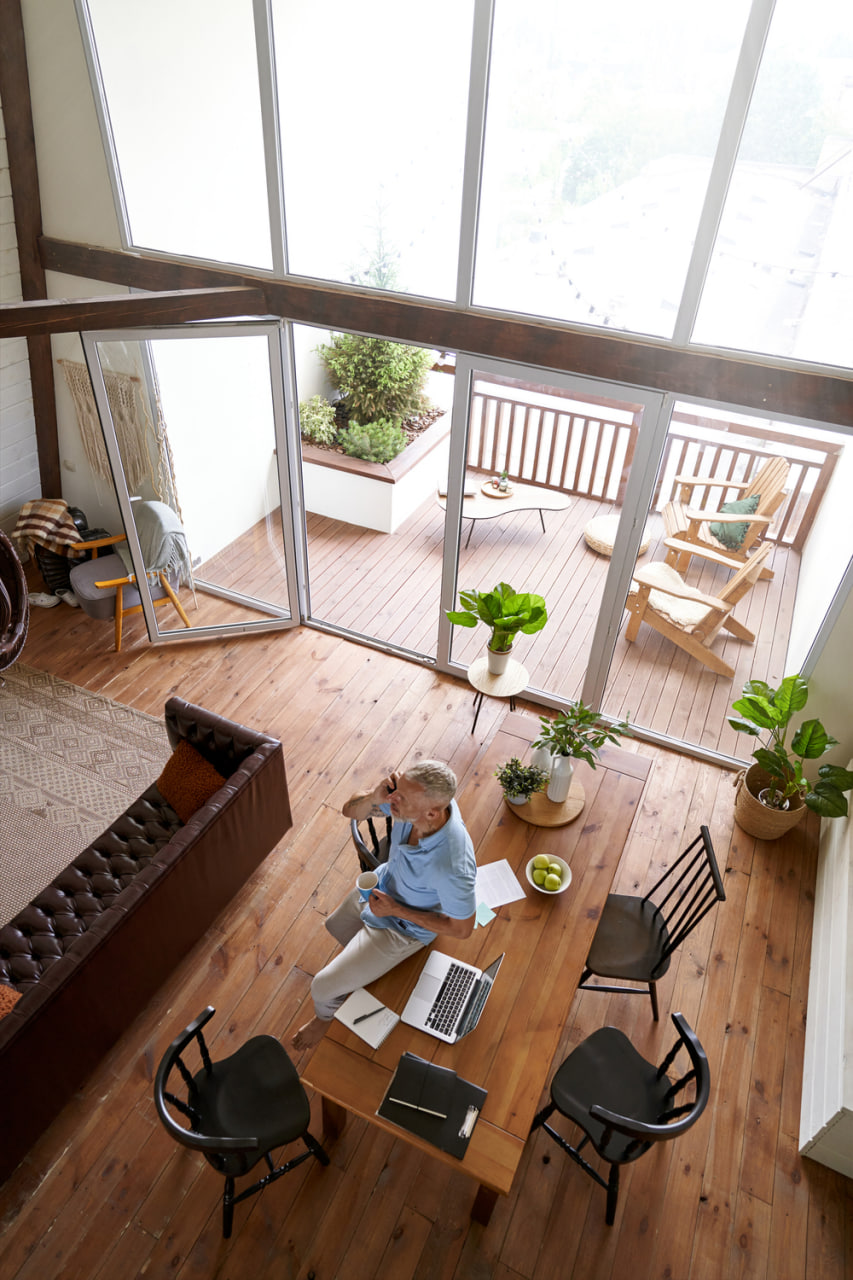Phone:
(701)814-6992
Physical address:
6296 Donnelly Plaza
Ratkeville, Bahamas.

Living in a small space doesn’t mean sacrificing comfort, beauty, or functionality. In fact, designing a compact home requires an even more thoughtful and creative approach—one that emphasizes adaptability, intention, and intelligent use of every inch. Whether you’re in a studio apartment, a tiny home, or simply working with a compact room, flexibility is the key to creating a space that feels open, efficient, and uniquely yours.
One of the most powerful design strategies for small spaces is zoning—assigning different areas of your space specific functions, even without physical walls. You can subtly separate your sleeping, working, and relaxing areas with rugs, lighting, or the strategic placement of furniture. A dining table positioned near a window can double as a workspace. A bookshelf can act as both storage and a room divider. Defining these zones visually and spatially helps bring clarity and purpose to your home, even when square footage is limited.
In a flexible home, every piece of furniture should earn its place. Look for items that serve more than one function: a sofa that transforms into a guest bed, a coffee table with hidden storage, or a bench that opens up to house linens. Wall-mounted desks can fold down when needed and disappear when not in use. Stackable or nesting chairs and tables allow you to entertain without permanently sacrificing space. The goal is to reduce clutter while maximizing utility.
Small spaces often come with limited floor area, but there is usually untapped potential in the vertical plane. Install shelves that go all the way to the ceiling, hang hooks for everyday items, or mount lighting to walls rather than using floor lamps. Vertical storage draws the eye upward, creating the illusion of height while freeing up valuable floor space. Consider tall wardrobes, pegboard walls, or lofted beds with storage underneath to unlock new levels of functionality.
Modularity allows your space to shift with your daily needs. Lightweight furniture that’s easy to move or reconfigure gives you freedom to adapt—whether you’re doing yoga, hosting friends, or needing focused time for work. Consider modular seating, rolling carts, or collapsible dining sets. These pieces offer flexibility without feeling heavy or permanent. Their ability to evolve with you makes them ideal for small-space living.
Visual clutter can quickly overwhelm a small space. That’s why smart, hidden storage is essential. Under-bed drawers, storage ottomans, and built-in wall units can keep items out of sight while maintaining easy access. Choose furniture with concealed compartments and make use of overlooked areas—under staircases, behind doors, or inside benches. The more you can store discreetly, the more peaceful and spacious your home will feel.
Color can influence the perception of space. Lighter tones—such as soft whites, warm beiges, pale greens, or muted blues—tend to reflect light and create an airy feeling. You can layer textures like linen, natural wood, or metal to add visual interest without overwhelming the space. Mirrors also help bounce light around the room and create the illusion of depth. Keeping your color palette cohesive throughout zones helps unify the space and enhances its sense of flow.
Flexibility isn’t just about what your space looks like—it’s also about how you move through it. Avoid overly large or stationary furniture that interrupts flow. Make sure paths between zones are open and unobstructed. Use lightweight partitions or curtains to create privacy without blocking natural light or movement. A truly adaptable space supports both physical and mental ease as you transition from one activity to another.
A flexible, small-space design works best when it’s built around what you actually use and love. Take the time to evaluate your belongings and let go of items that don’t serve a clear function or bring you joy. This process isn’t about minimalism for its own sake—it’s about intentionality. By clearing out the excess, you make room for clarity, comfort, and adaptability.